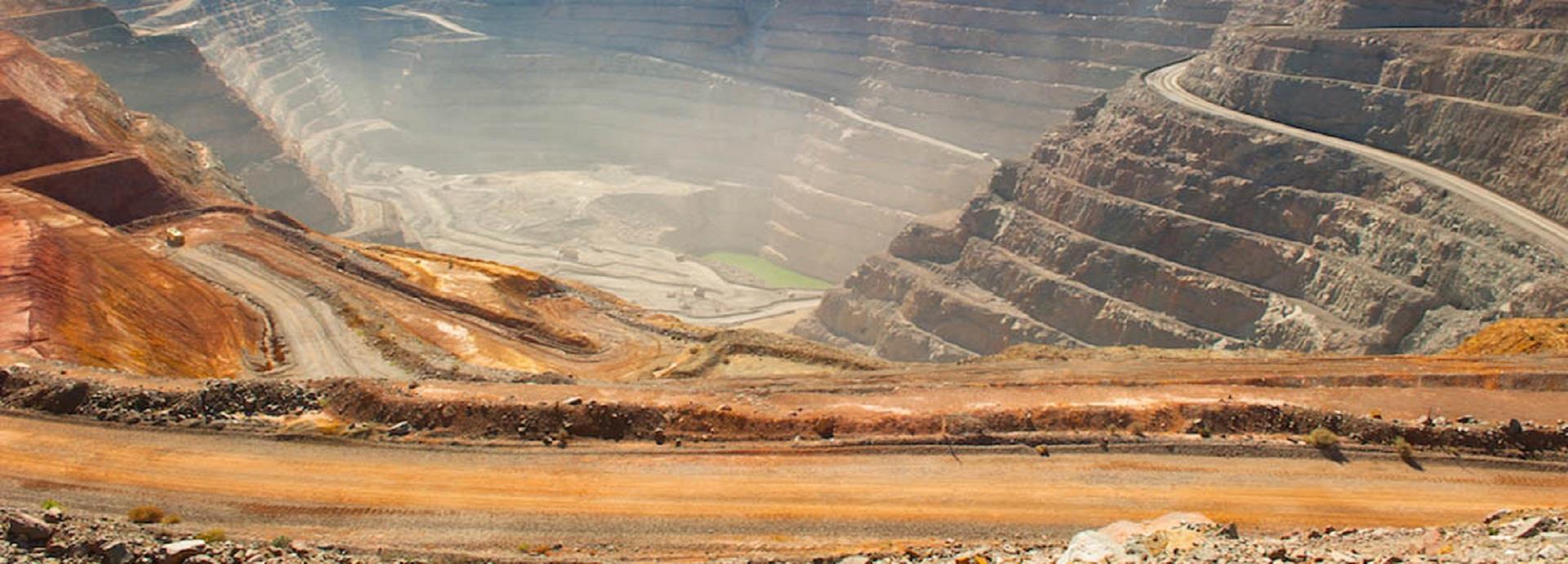

The landscape of Australia’s outback is changing and for the better. Its mining industry, which consumes as much electricity as all of Portugal, is slowly opening up to the idea of renewables. But what’s driving this change and how will the economy benefit?
Mining industry has an energy problem and it is betting on renewables to tide over the situation. In our four-part series, we dissect the issue and look at specific geographies to find out how they are dealing with the problem. Let’s start with Australia.
Australia’s mining sector accounts for nearly 10% of its total energy use, and electricity consumption by the sector has been rising at six percent annually over the last decade. Most of this energy demand is fulfilled by energy from diesel (41%), natural gas (33%), and grid electricity (22%). According to industry estimates, diesel price increases in the last 12 months alone have added USD 2.77/ tonne to the average cost of metals mining.
As business grows further mining operations are moving to more remote regions and that is making energy more expensive.
A large part of this can be attributed to transportation of fossil fuels over long distances. According to reports, diesel transportation typically adds USD 0.15/L USD 0.45/L to diesel terminal gate prices. Apart from the financial cost there’s also the added environmental risk that mining companies are exposed to when transporting fossil fuels.
“Transportation of fossil fuels over very long distance (by pipeline and trucks, natural gas, LNG, diesel) to reach Australian remote mines is being challenged environmentally as there is less tolerance for potential accident risks, such as explosion and environmental spills, throughout the entire fossil fuel supply chain. Renewable energy such as solar power (and, in some locations, wind power) is a great resource in Australia providing cleaner, greener cheaper energy than fossil fuel energy,” says Robert Francki, Global Managing Director, Energy at Hatch.
All that gas!
It is estimated that mining sector is responsible for 10% of Australia’s total emissions. The sector’s greenhouse gas emissions equal approximately 65,000 GT of carbon-di-oxide. It also significantly contributes to fugitive emissions on account of gases escaping from coal mines and oil wells and airborne particulate pollution due to dust generation and fossil fuel use in vehicles and electricity generation.
That makes renewables a development imperative for the nation. The good news for Australia is that renewables have become a financially viable and competitive solution.
According to a white paper Renewable Energy in The Australian Mining Sector, published by SunSHIFT, ‘Renewable sources are now generally competitive with fossil fuels on an unsubsidised LCOE and capital cost basis.
On-grid large-scale solar PV and wind are the lowest cost electricity sources on a LCOE basis and their capital costs are becoming competitive with diesel or gas generators, with further decreases anticipated – PV module costs have fallen 80% since 2008 and onshore wind costs have fallen by 50% since 2009.
The middle path
“Mining companies are looking at hybridization of their power systems so that they can integrate wind or solar PV into thermal generation and they want to do it safely and reliably. For them, one of the key aspects is reliability of operations. They don’t want to have any blackout in their operations so they require a spinning reserve. They also require a ramp-up and ramp-down capability on their installation,” explains Jérôme Jouaville, Business Development Manager, Wärtsilä Energy Solutions,
These hybrid solutions are making the transition to renewables faster, easier and affordable. That’s perhaps why mining companies in Australia like Rio Tinto (6.7 MW solar photovoltaic (PV) Weipa Solar Farm), De Grussa copper-gold mine (10.6 MW solar PV farm and 4 MW of battery storage), Sun Metals (116 MW solar farm) and Adani (solar projects near Moranbah in Queensland and at Whyalla in South Australia) are making renewables an integral part of their operations.
As stakeholders like the government, local communities and industrial bodies become more demanding, several other Australian mining companies will have to follow suit in the near future.

